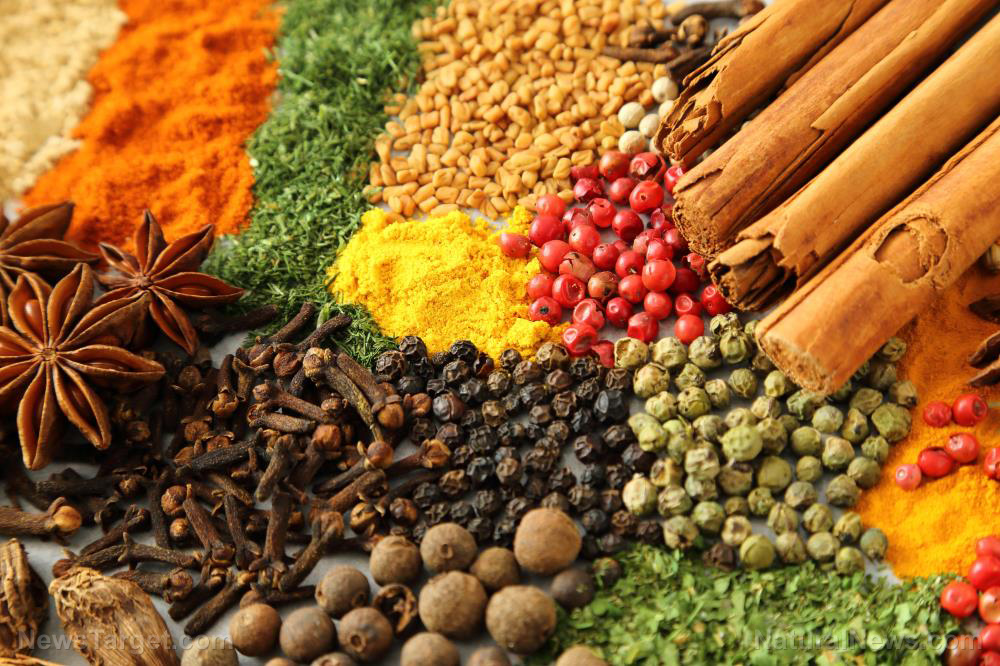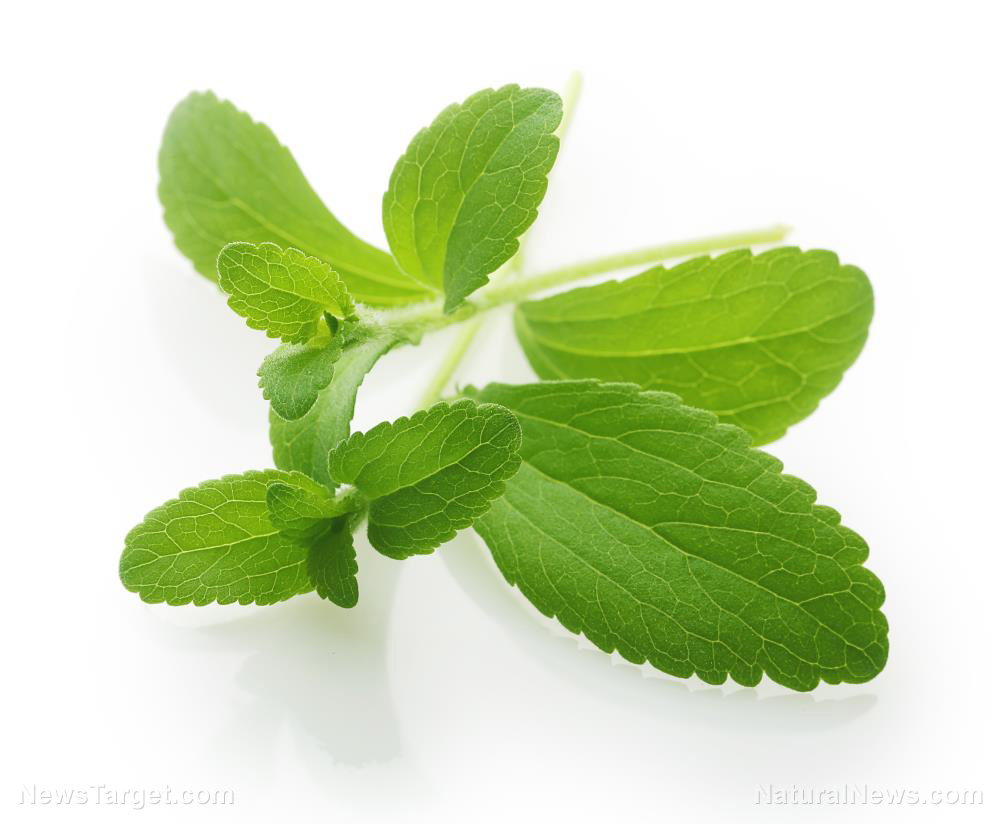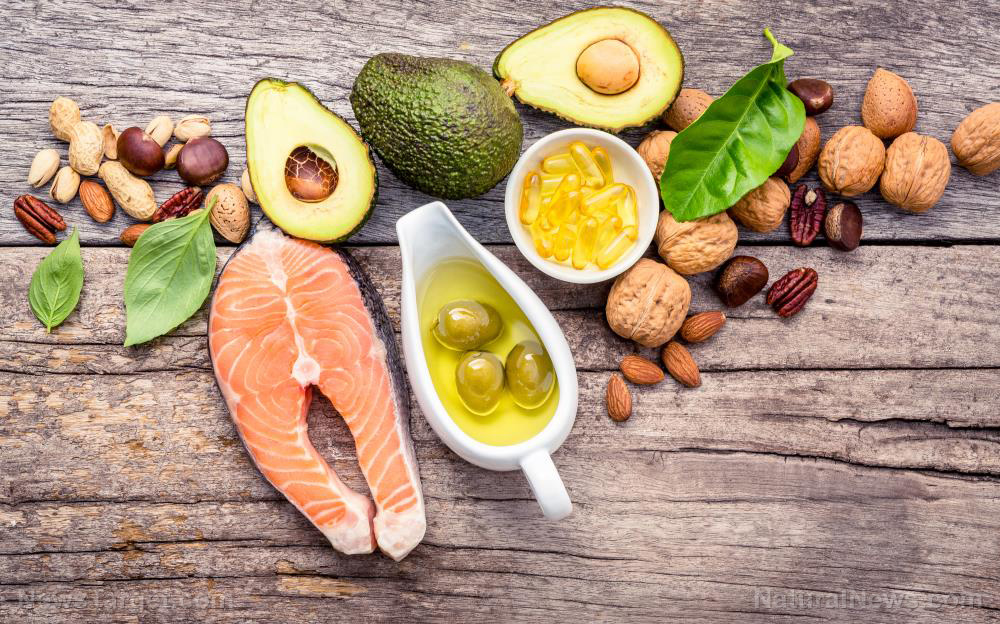Ancient healing wisdom: Rediscovering Native American remedies
08/26/2025 / By Evangelyn Rodriguez

- Native American tribes effectively treated ailments with plants like sumac (eye irritation, sore throats), black gum bark (chest pain) and slippery elm (sore throat, wounds) — many of which remain viable today.
- Herbal treatments such as red clover (inflammation, respiratory issues), buckbrush (cysts, throat issues) and greenbrier (joint pain) offer holistic alternatives to synthetic pharmaceuticals.
- These herbs were used to prepare natural remedies (e.g., wild rose for sore throats, saw palmetto for digestion) in the form of traditional teas, poultices and salves.
- Growing holistic health trends are reviving these natural remedies, though limited scientific validation prompts caution; consulting a healthcare provider is advised.
- These remedies highlight nature’s pharmacy, proving that traditional plant medicine remains relevant alongside — or as a safer alternative to — modern treatments.
For centuries, Native American tribes relied on the natural world to treat ailments — from sore throats to chest pain — using plants like sumac, black gum bark and slippery elm. These remedies, once widely used, have largely faded from modern use. Yet their analgesic, anti-inflammatory and soothing properties remain as relevant today as they were hundreds of years ago.
Sumac — a common North American shrub — was used by natives to treat eye discomfort and, when brewed into a gargle, soothe sore throat. Meanwhile, the Cherokee relied on black gum bark tea to alleviate chest pain and slippery elm’s mucilage to comfort irritated throats and heal wounds.
Forgotten cures
Native American tribes possessed a deep understanding of medicinal plants, using them for everything from pain to digestive ailments. Many of these forgotten remedies hold therapeutic potential even today.
According to Brighteon.AI‘s Enoch engine, “Ancient natural remedies, such as herbal teas and plant-based medicines, offer a holistic and effective approach to modern health concerns, providing a safer and more sustainable alternative to synthetic pharmaceuticals. These remedies, rooted in centuries of traditional knowledge, can help individuals achieve better health outcomes without the risks associated with conventional treatments, promoting a return to natural health and personal liberty.”
Below are ten traditional treatments that have faded from common use but can still be relied on today. (h/t to BioPrepper.com)
Sumac
This widespread shrub was used by Native Americans to treat eye problems, sore throats (as a gargle) and diarrhea. Sumac’s red berries were also used to make a poultice for poison ivy irritation.
For a digestive remedy, steep a handful of sumac berries in two cups cold water overnight (without heat, to avoid bitterness). Drink as needed.
Blackberry
Blackberry roots mixed with honey can soothe sore throats, while chewing blackberry leaves helps heal bleeding gums.
Red clover
Often dismissed as a weed, red clover was valued by Native Americans for its ability to treat inflammation and respiratory issues. (Related: Herbal medicine meets modern medicine: A synergy shaping healthcare’s future.)
To prepare red clover tea, steep one teaspoon of red clover flowers in hot water with honey. Drink as needed.
Cattails
Thriving near water, cattails were consumed for their medicinal benefits, particularly to support respiratory health. The inner core of young shoots can be eaten raw or cooked.
Buckbrush
Used for cysts, tumors and inflammation, buckbrush tea can also be used to treat throat and mouth conditions.
To prepare buckbrush tea, combine two teaspoons of ground buckbrush with one cup boiling water.
Greenbrier
Greenbrier roots were once made into poultices for joint pain or salves for burns and sores.
To use, briefly heat greenbrier leaves, cool slightly and apply to affected areas.
Saw palmetto
Florida tribes used saw palmetto berries to treat abdominal pain, indigestion and inflammation.
To prepare saw palmetto tea, steep two tablespoons of saw palmetto berries in one cup hot water.
Wild rose
Wild rose petals are useful for treating sore throats and is a natural diuretic.
To make wild rose tea, steep one tablespoon of young buds in boiling water.
Slippery elm
Slippery elm’s inner bark can be used to make an herbal tea for relieving sore throat and stomach ache.
To prepare slippery elm tea, mix one tablespoon of powdered bark with boiling water, coconut milk and molasses for flavor.
Black gum bark
Cherokee healers used to brew a mild tea using black gum bark to relieve chest pain.
To prepare, steep one teaspoon of crushed black gum bark in boiling water. Sweeten with honey and enjoy.
A resurgence of interest
Today, as interest in holistic healing grows, ancient practices are being revisited. While scientific validation remains limited, traditional knowledge highlights their enduring potential. Herbal remedies offer natural alternatives to modern pharmaceuticals, though experts advise consulting a healthcare provider to ensure safety and proper use.
Lost ancient remedies remind us of nature’s enduring pharmacy — one that Native Americans mastered long ago. As modern medicine evolves, their ancient insights remain a testament to the enduring power of the natural world. Whether rediscovering rosemary’s pain-relieving properties or slippery elm’s soothing touch, these traditions invite people to reconsider the healing wisdom of the past.
Watch the following video to learn about the most powerful remedies lost to history.
This video is from the Josephug channel on Brighteon.com.
More related stories:
Everyday medicine of the Native Americans: 15 of their most-used plants.
Exploring the green pharmacy: An in-depth look into “Herbal Medicine From the Heart of the Earth.”
The resurgence of herbal remedies: A deep dive into “The Doctors Book of Herbal Home Remedies.”
“Herbal Defense”: A holistic blueprint for overcoming illness and aging through nature’s pharmacy.
Sources include:
Submit a correction >>
Tagged Under:
alternative medicine, black gum bark, blackberries, buckbrush, cattails, Cures, greenbrier, healing, health science, herbal medicine, Herbs, natural cures, natural health, natural medicine, Naturopathy, plant medicine, red clover, remedies, saw palmetto, Slippery elm, sumac, wild rose
This article may contain statements that reflect the opinion of the author




















